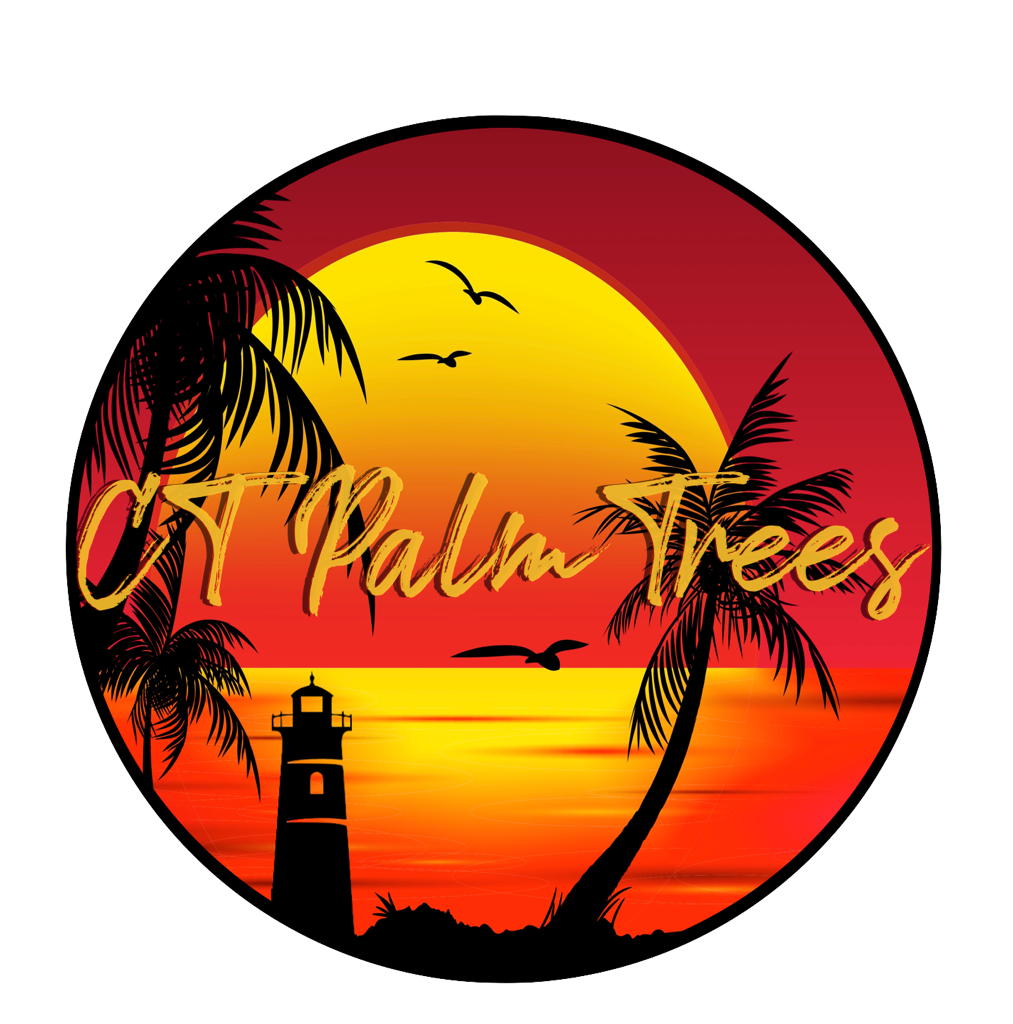Cold Hardiness Zone Map - Palm Trees In Your State - What Growing Zone Are You
- Brandon Hall

- Feb 16, 2019
- 2 min read
Updated: Sep 26, 2023
The USDA Hardiness Zone Map is a guide with regions characterized by a 10-degree Fahrenheit distinction based on yearly minimum temperature. This guide partitions North America into 11 separate zones. The higher the zone number, the hotter the region.
Data from the zone map encourages plant enthusiasts to look at their area's temperatures and climate information and figure out what plants will develop in their general vicinity. Remember, this guide just shows normal yearly low temperatures and doesn't think about imperative elements like soil types, precipitation, daytime temperatures, day length, wind, mugginess, and warmth.
Those components are imperative and assume a key job in sound palm development and advancement. A genuine model would be Portland, OR, and Austin, TX. Despite the fact that they are both situated in Zone 8, their atmospheres are drastically extraordinary.

Pick Your State - What Growing Zone Am I?
Applying zone references
In the chart above, everything is broken down into zones. In the event that a palm is strong in zone 7, that implies it can withstand the most reduced temperatures of that zone. In the event that there is a scope of zones like 7-10, that implies it can thrive just in those zones and won't endure colder or hotter temperatures.
Microclimate
If you live in a microclimate, which is an area within your zone that may be warmer than your actual zone, you might be able to grow other types of plants and palm trees. This can occur from being near the water, blocked from wind, or other unique factors like conventional heating and cooling.
USDA Zones
Here is a list of zones with avg. annual low temperatures:
Zone 1: below -50 F (below -46 C)
Zone 2: -50 to -40 F (-46 to -40 C)
Zone 3: -40 to -30 F (-40 to -34 C)
Zone 4: -30 to -20 F (-34 to -29 C)
Zone 5: -20 to -10 F (-29 to -23 C)
Zone 6: -10 to 0 F (-23 to -18 C)
Zone 7: 0 to 10 F (-18 to -12 C)
Zone 8: 10 to 20 F (-12 to -7 C)
Zone 9: 20 to 30 F (-7 to -1 C)
Zone 10: 30 to 40 F (-1 to 4 C)
Zone 11: above 40 F (above 4 C)




It's fascinating how the USDA Hardiness Zone Map helps gardeners match plants to their climate, but it’s worth remembering it only tells part of the story—factors like humidity and soil matter just as much. With zones shifting due to climate change, using a dpi analyzer to assess local microclimates could give growers a more accurate picture of what will really thrive in their yard.
Cosmetics and personal care have become essential aspects of modern self-care routines, emphasizing both beauty and wellness. From skincare serums to nourishing hair treatments, the market offers countless products designed to enhance confidence and maintain health. Many brands now provide personalized solutions, ensuring that each consumer can find products suited to their unique needs. For those interested in exploring specific offerings or resolving inquiries, knowing how to contact Lume can be invaluable. Whether seeking product guidance, subscription details, or feedback channels, reaching out directly ensures accurate information and a smooth experience in navigating the world of cosmetics and personal care.
In Slope Game, every slope is a neon light tunnel, and each move tests your precision and nerves. You are shown a thrilling, action-packed arcade game.